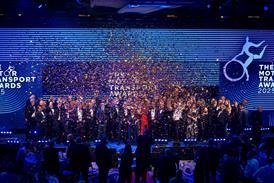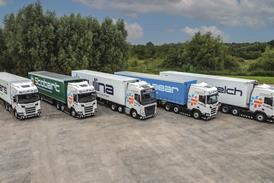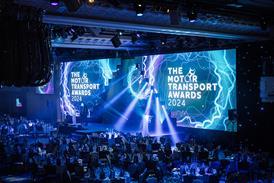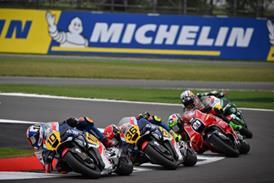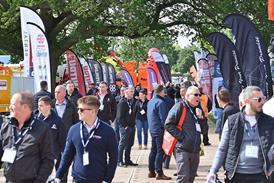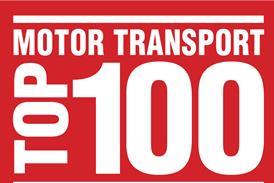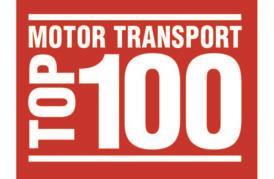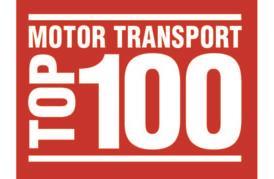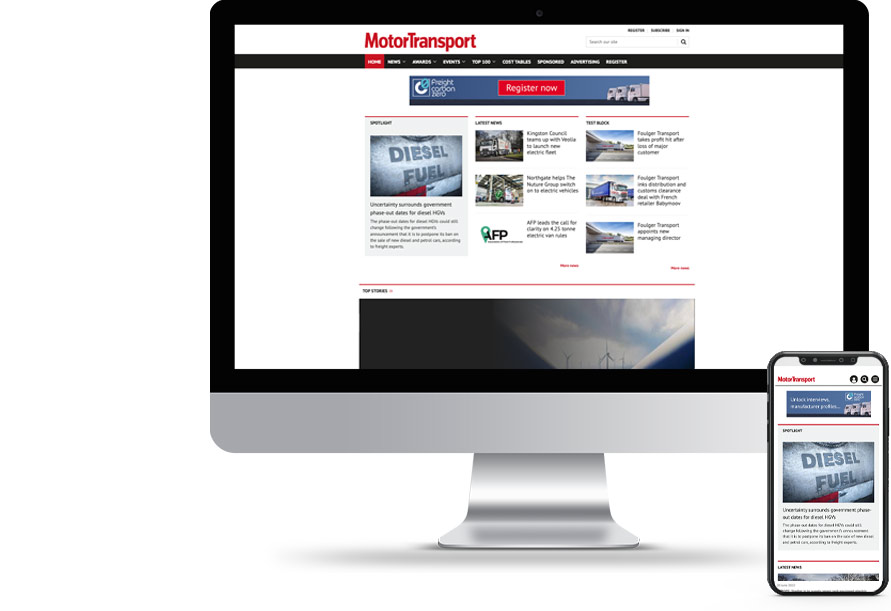Regulators and operators share the stage at Microlise conference

Over 400 delegates gathered at Nottingham University for the 2013 Microlise Transport Conference to hear a diverse mix of speakers – introduced by FairFuelUk spokesman Quentin Willson - discuss topics ranging from compliance and enforcement to using technology to improve operational efficiency.
This article is for registered users only
Please login or create a FREE account to read the full article
Want to read more?
Register now for free to access the full article.
To access our great content on the Motor Transport website and to get a free copy of our weekly Executive Brief newsletter.
Once registered, you’ll get access to:
- In-depth breaking news every working day of the year
- All the best careers advice for you and your business
- Profiles of every winner at the Motor Transport Awards
- The richest set of road transport industry data in the UK
- You may also be eligible for a free print or digital copy of Motor Transport

